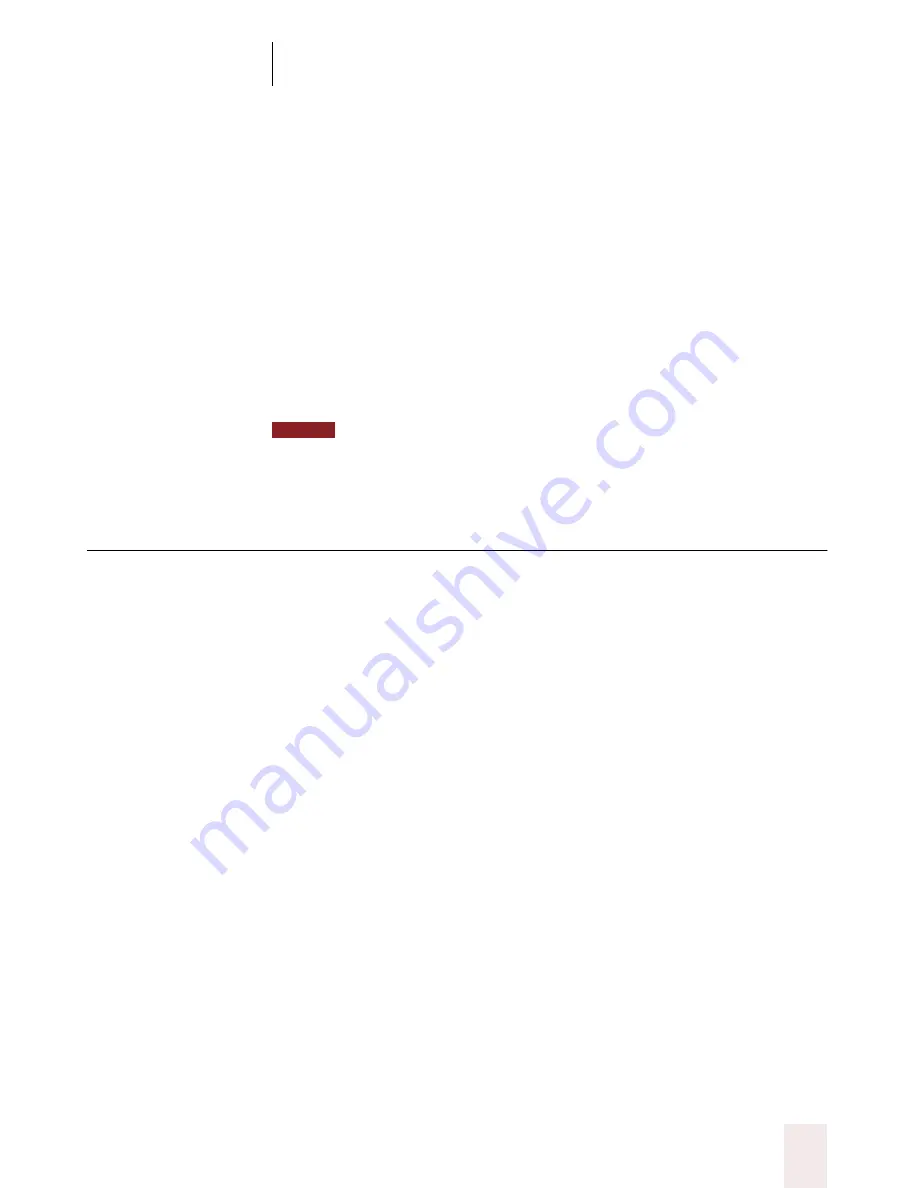
C H A P T E R 9
Creating Your Own Dragon NaturallySpeaking Commands
Dragon NaturallySpeaking User’s Guide
151
To delete a command file:
1
On the Custom Commands menu, click Delete.
2
Select the command file you want to delete in the Command File to
Delete list.
3
Click Delete.
Deleting a command cannot be undone. You may want to make a backup
copy of your custom command files (.dvc files) in your Users folder
before modifying or deleting command files.
If you are using an Enterprise (network) edition of Dragon NaturallySpeaking,
contact your Dragon NaturallySpeaking administrator to make backup copies of your
custom command files found in your user's current directory on the network.
Troubleshooting commands
Custom commands may not run properly in every situation. If a
command cannot run, it displays an error message.
If a command you have created produces an error or does nothing, use
the Edit Command wizard to open the command and check the
following information:
■
If the command is application-specific, is the correct window or
dialog box active when you say the command?
■
If so, does the title of the active window match the title specified?
■
If the command includes keystrokes, are curly brackets included
around keystrokes (for example, {
CTRL
+b} for bold)? Are the key
codes correct?
■
If the command name contains punctuation (for example, “
What
Time Is It?
”), did you include the punctuation in the command
name, as in the example below?
what time is it question mark
■
If the command includes a list, do the list values match what you
said?
NOTE
UG5.bk Page 151 Friday, August 4, 2000 2:26 PM
















































